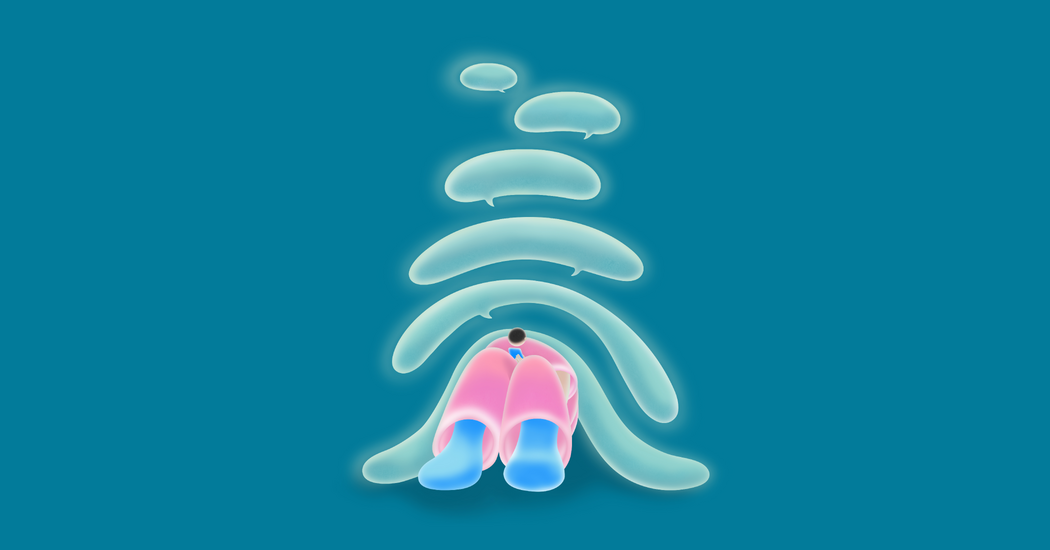

Ashland, Ohio, is a small rural city where Akron Children’s Hospital has one of its 46 pediatric clinics. Last winter, I met Kristin Seveigny, the clinic’s mental-health therapist, in her office there. The hospital hired her two years earlier, at a time when the pandemic had exacerbated a nationwide crisis in adolescent mental health. From 2007 to 2021, according to the Centers for Disease Control and Prevention, suicide deaths among 10-to-24-year-olds increased more than 60 percent. In 2023, the agency reported that 40 percent of high schoolers felt persistently sad or hopeless; one in five had serious thoughts of suicide, and one in 10 had attempted it. Currently, the agency estimates that nearly one in five children in the United States ages 3 to 17 has at some point been diagnosed with a mental- or behavioral-health condition. Among adolescents, one in five reports having unmet health care needs.
The situation in Ashland mirrors those trends. The practice conducts 6,000 wellness checkups a year, each lasting 15 to 40 minutes. These include a standard nine-question screening for depression. If a young patient seems to be at immediate risk of self-harm, the doctor arranges for transport to the local emergency room. Before Seveigny was hired, if screenings revealed that children were experiencing symptoms of mild to moderate depression — which is the case more than a quarter of the time — pediatricians were only able to offer referrals to outside agencies for mental-health services. “Most patients I would refer never went,” Tamara Cunningham, a physician who has worked at the practice for eight years, told me. “In this area, a lot of counseling offices are not taking any patients, or there’s a six-month wait.”
That lack of availability was a big reason that Seveigny and Cunningham agreed to try out an unusual tool: a smartphone chatbot, designed to teach coping skills to adolescents during their wait for an appointment with a therapist. Patients needed a referral to download the app, called Woebot, on their phone. Once they did, it would periodically ask how they were feeling; patients could also start a conversation with it anytime. Depending on what they shared — by typing a message or selecting from a few choices — the bot usually responded with validation first, like “That sounds really hard.” Then it would ask users if they wanted to work on strategies that could help them feel better.
Unlike ChatGPT and other popular chatbot models, Woebot was not “generative A.I.,” that is, capable of generating unique responses by consulting the internet; all its messages were preapproved by psychologists to deliver, primarily, a type of treatment known as cognitive behavioral therapy, in which patients learn to identify and reframe negative thoughts. Seveigny and Cunningham couldn’t see what their patients wrote to Woebot, but the data — for instance, the time of day when users logged in and for how long — was stripped of identifying details by a third party and sent to the app’s parent company, Woebot Health, for analysis. The hope of everyone involved was that the chatbot would help young people learn how to handle distress and offer support during times when Seveigny or another therapist was unavailable.
When I visited, Seveigny, Cunningham and their colleagues had been offering Woebot to patients for about two months. Seveigny had asked several of them if they would come in and share their experiences using the app. The first to show up was Brian, a quiet middle schooler. Wearing black cowboy boots, he sat on a sofa in Seveigny’s office with his mother, Misty, his hands jammed into the front pocket of his sweatshirt, where he kept his inhaler. I asked him what he enjoyed doing when he wasn’t in school. After encouraging him to respond, Misty answered for him. He liked video games, she said, and he played the saxophone in the school jazz band. Brian had been seeing Seveigny for several years during struggles at school and home. About six months ago, Misty noticed that he seemed to be growing increasingly depressed. “He’s getting to that age when things are tough,” she said. “He butts heads with his dad and brother.”